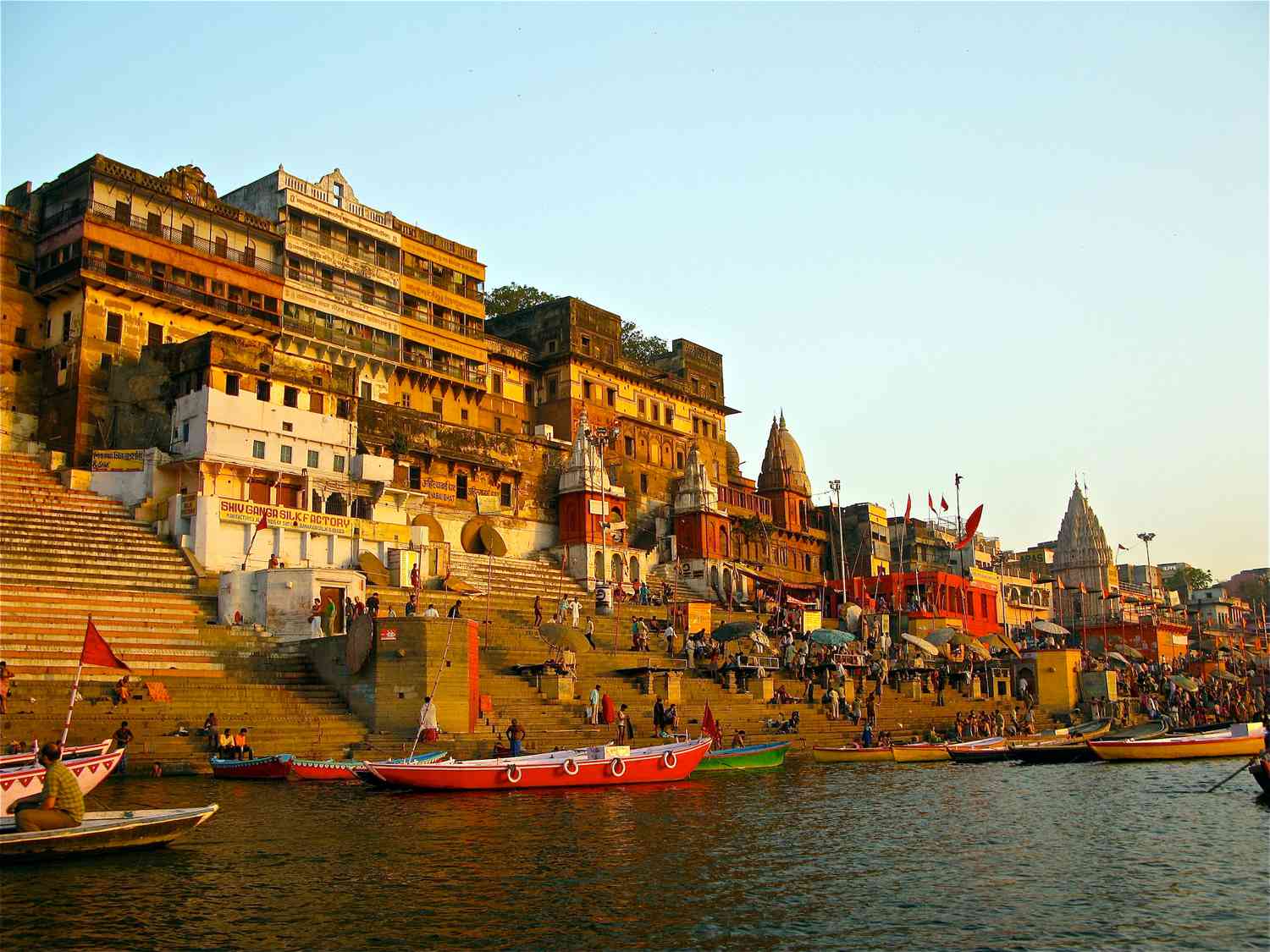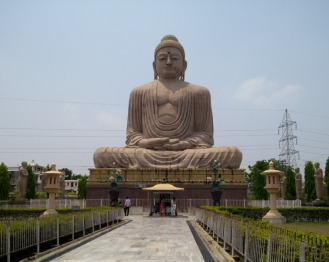Spiritual Havens And Ancient Wonders
- Mumbai Fixers
- Spiritual Havens And Ancient Wonders
Discover
Spiritual Havens & Ancient Wonders

Uttarakhand
Uttarakhand, meaning "northern land" in Sanskrit, cradles the majestic Himalayas and whispers tales of ancient sages. Nestled amidst snow-capped peaks and sacred rivers like the Ganges, Uttarakhand has been a spiritual sanctuary for millennia. Hindu pilgrims have long traversed the Char Dham Yatra, a holy pilgrimage circuit encompassing Gangotri, Yamunotri, Badrinath, and Kedarnath. Uttarakhand boasts a rich history, with evidence of settlements dating back to the 6th century BCE. The Katyuri and Chand dynasties ruled the region, leaving behind magnificent forts and temples. In the 18th century, Uttarakhand became part of the Gurkha kingdom before being annexed by the British Raj in the 19th century. Today, Uttarakhand is a popular pilgrimage destination and adventure hub, offering breathtaking scenery, spiritual significance, and a glimpse into the vibrant culture of the Kumaoni and Garhwali people.

Varanasi
Varanasi, also known as Kashi, is one of the oldest continuously inhabited cities in the world. Its etymology is unclear, with theories suggesting it might derive from "Varuna," the Vedic god of water, or "Kashi," meaning "shining one." Varanasi holds immense significance for Hindus, a place where attaining moksha (liberation) is believed to be easier. The holy Ganges river flows through the heart of the city, where pilgrims perform sacred rituals along the ghats (steps). Varanasi is a sensory experience, with bustling bazaars selling puja items, the echoing chants of priests, and the aroma of incense filling the air. Ancient temples like Kashi Vishwanath, dedicated to Lord Shiva, and the majestic Banaras Hindu University stand as testaments to the city's rich history and spiritual importance. Varanasi is a living embodiment of Hinduism, offering a glimpse into the enduring traditions and spiritual beliefs of millions.

Odisha
Odisha, derived from "Odra Desha" meaning "land along the river", boasts a rich cultural and historical legacy. Flourishing empires like the Kalinga, Mauryan, and Kharavela left their mark on the state. Odisha is renowned for its exquisite temples, architectural marvels crafted over centuries. The Konark Sun Temple, a UNESCO World Heritage Site, is a chariot-shaped dedication to the Sun God Surya. The intricate carvings and colossal size of Puri's Jagannath Temple stand as testaments to Odisha's artistic heritage. Buddhist influence is also evident in the ancient monasteries and caves of Ratnagiri and Udayagiri. Odisha's tribal communities add another vibrant layer to its tapestry, with unique traditions and colorful festivals like the Dussehra celebration in Rourkela. From ancient empires to breathtaking temples and thriving tribal cultures, Odisha offers a captivating journey through time.

Bihar
Bihar, derived from "Vihara" meaning "abode", boasts a rich historical legacy dating back to the Indus Valley Civilization. The mighty Mauryan Empire, under emperors like Ashoka the Great, flourished here, leaving behind architectural marvels like the monolithic pillars at Sarnath. Bihar is also the birthplace of Buddhism, with Gautama Buddha attaining enlightenment in Bodh Gaya. The ancient universities of Nalanda and Vikramshila were centers of learning, attracting scholars from across Asia. Medieval Bihar witnessed the rise of the Pala Empire, known for its patronage of art and literature. Today, Bihar offers a glimpse into its glorious past through archaeological sites, magnificent temples like the Mahabodhi Temple in Bodh Gaya, and vibrant folk traditions. Bihar's history echoes with tales of empires, spiritual awakening, and a legacy of knowledge that continues to inspire.

